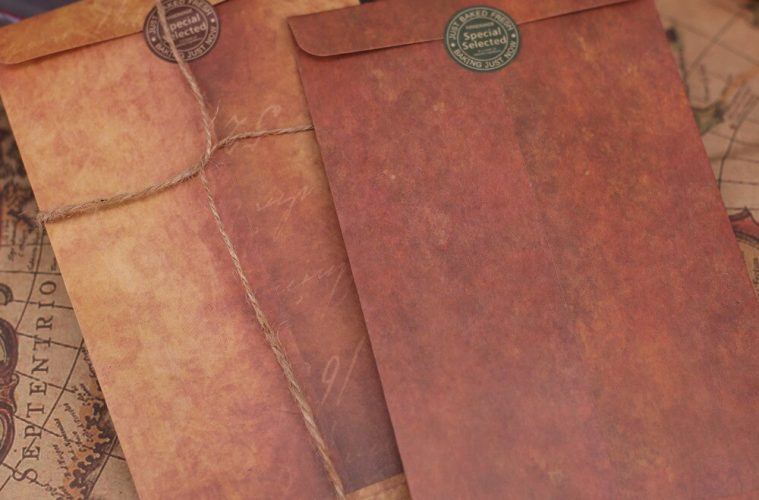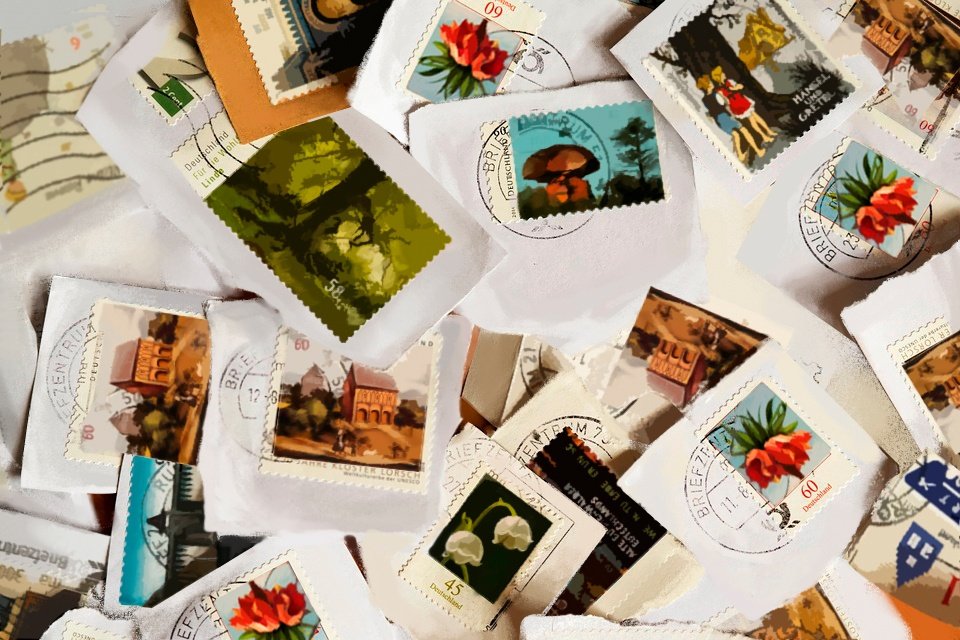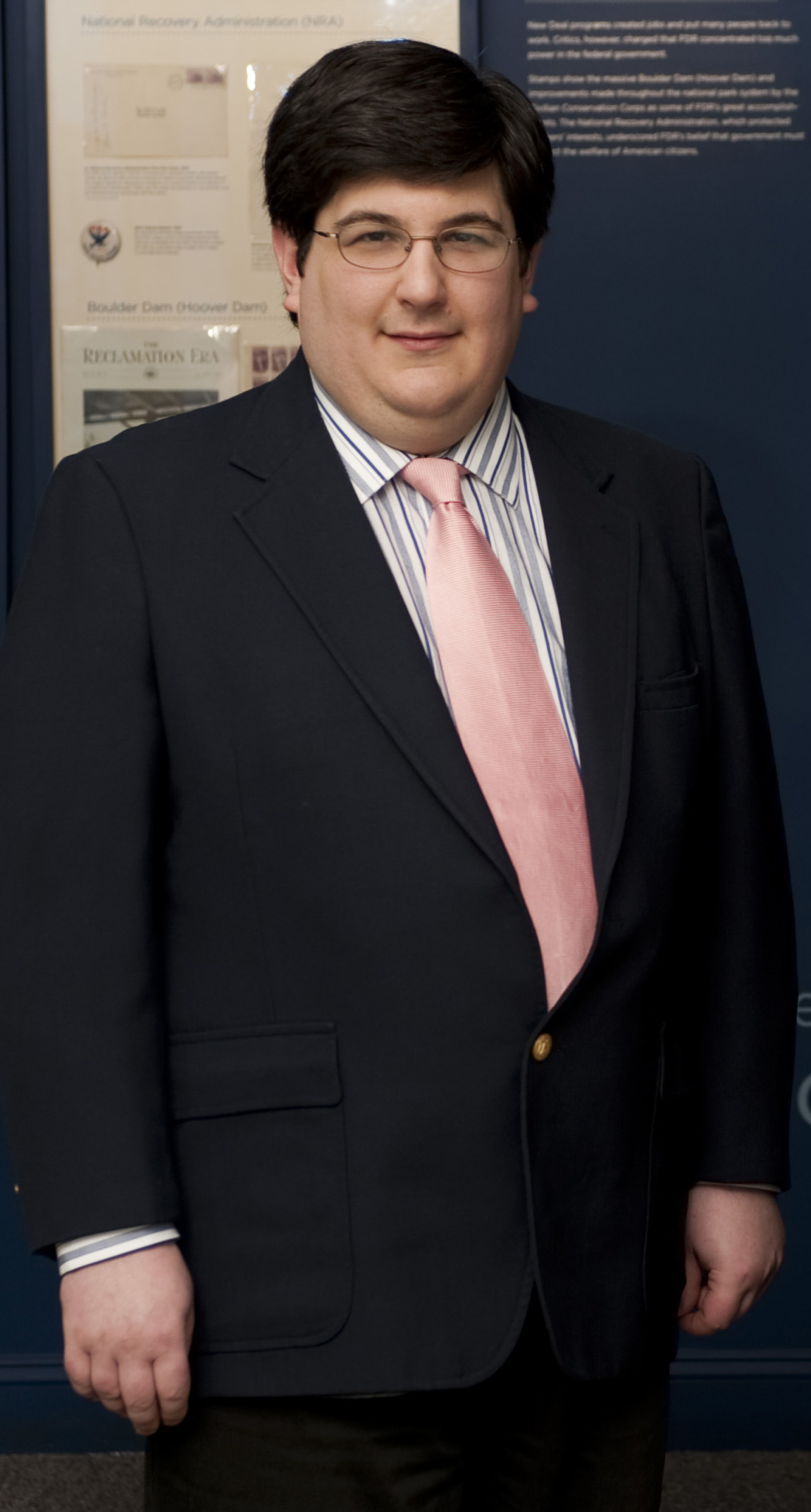
No Postage Stamp
She noted that there was no postage stamp on those letters. The inner envelope appeared to have originated from the Virginian town of Norfolk. The recipient’s name was partially visible and on reading carefully, Lori Boes figured out that the name of the receiver was Orrin W. Shephard. The letter had to be sent to the receiver who turned out to be the sender’s parents.
Genuine Or Not?
![]()
Though Lori Boes was impressed by the letters she read so far but was still confused about the originality of the letters. She needed to confirm whether the letters had a connection with the glorious past or not. If yes, then she could help her country in this way.
Seeking Help
Boes was uncertain what to do with the letters further, so she decided to contact Chuck Howe who was the post office district manager in the Greater Michigan area. He too went through the letters but he too could not decide whether the letters existed back in time so he looked up for a historian named Jenny Lynch.
Sharing The Matter

Howe, without having a second thought, sent the photographs of the letters to Lynch at her Washington, D.C.office. At first sight, Lynch believed the letters were authentic but deep down, he wanted a second opinion on the same. Lynch sought the expertise of the Smithsonian National Postal Museum. She approached Dan Piazza who was an assistant curator at the institution.
Genuine!
After having a closer look at the size and type of paper utilized in the correspondence and the kind of ink used, Piazza utilized his knowledge and was satisfied with what he had learned. The assistant curator took the results back to Lynch and stated: “They’re genuine”.
Belonging
The letters elicited an image of a young man who was way too young to fully apprehend the outcomes of the battle he was fighting in. It was, indeed, a rare, first-hand sight into a monumental time in U.S. history. And it revealed the weight of the duties bequeathed on amateur soldiers.




